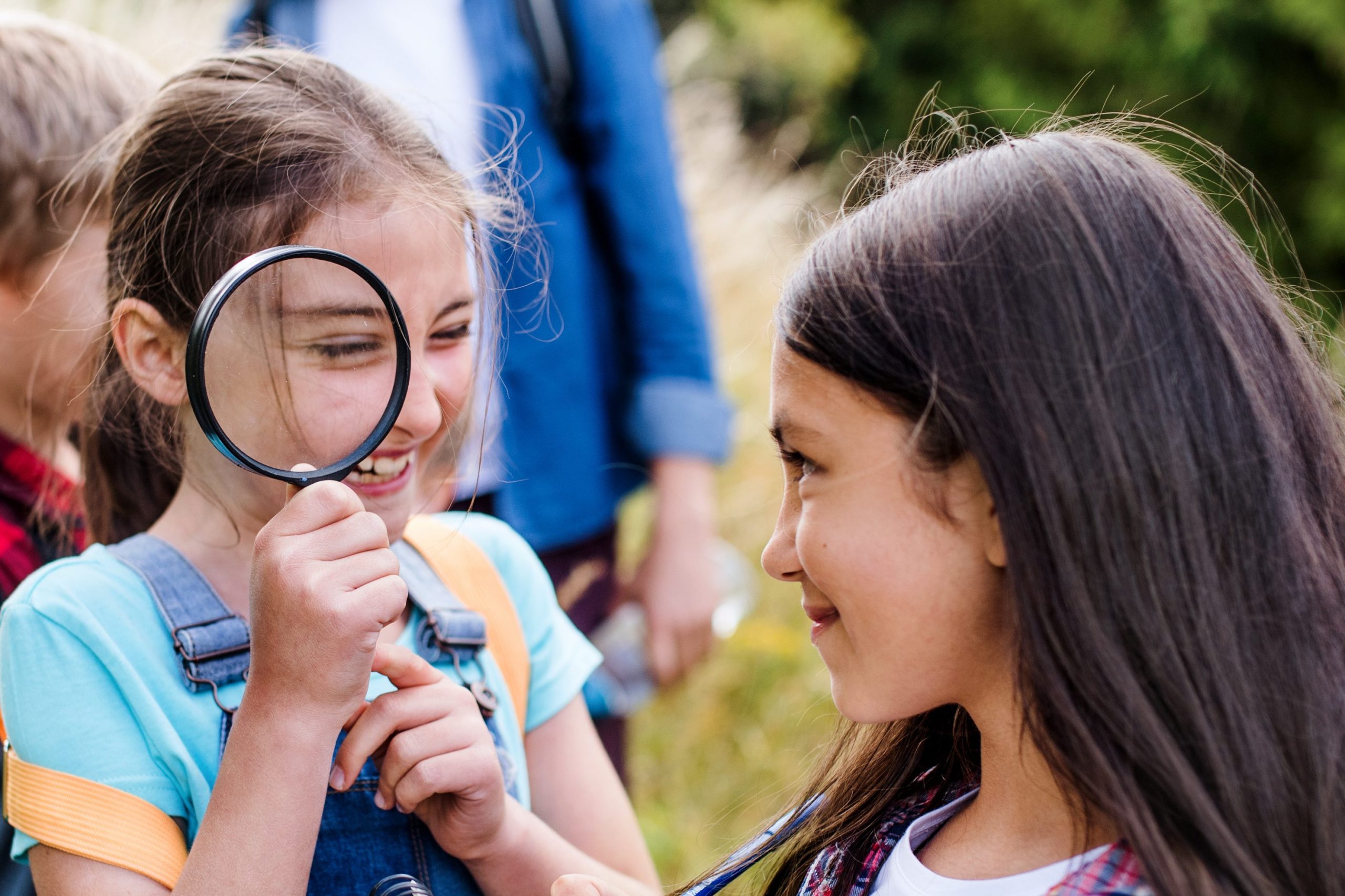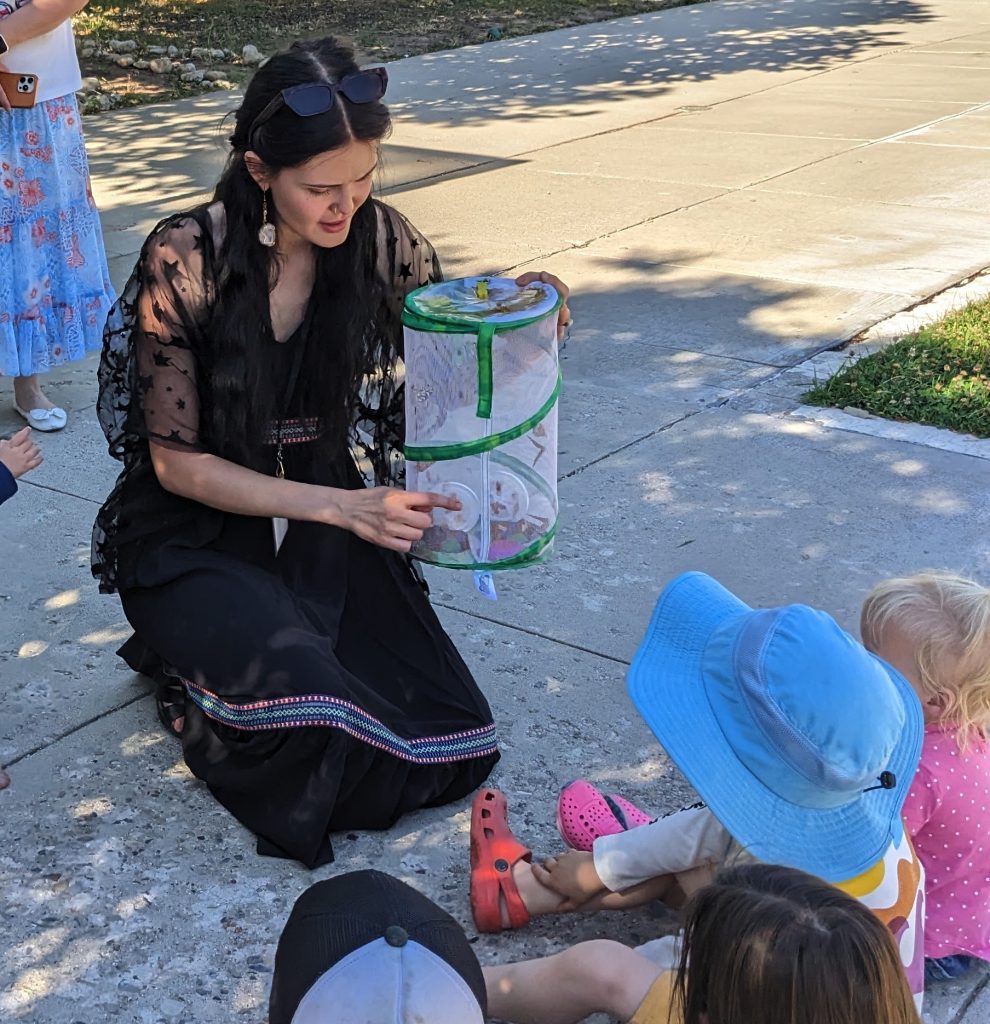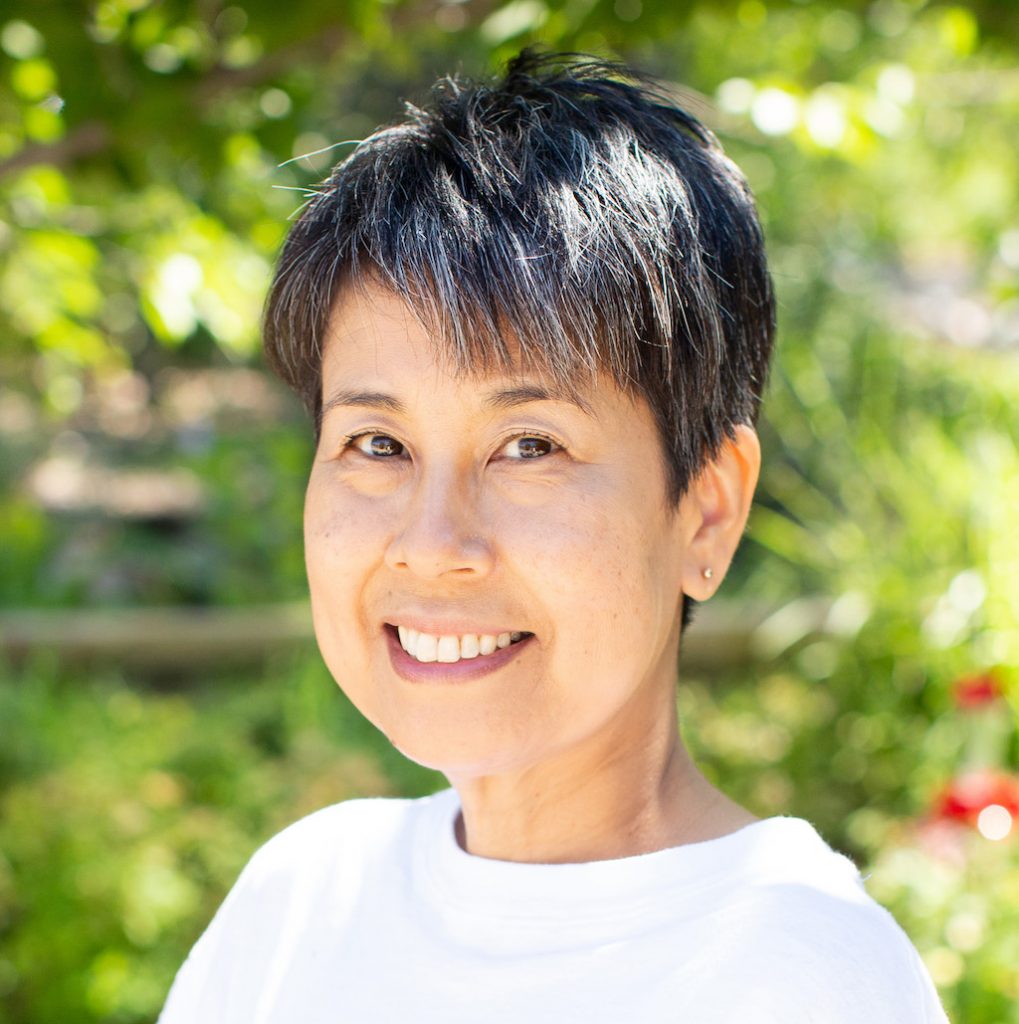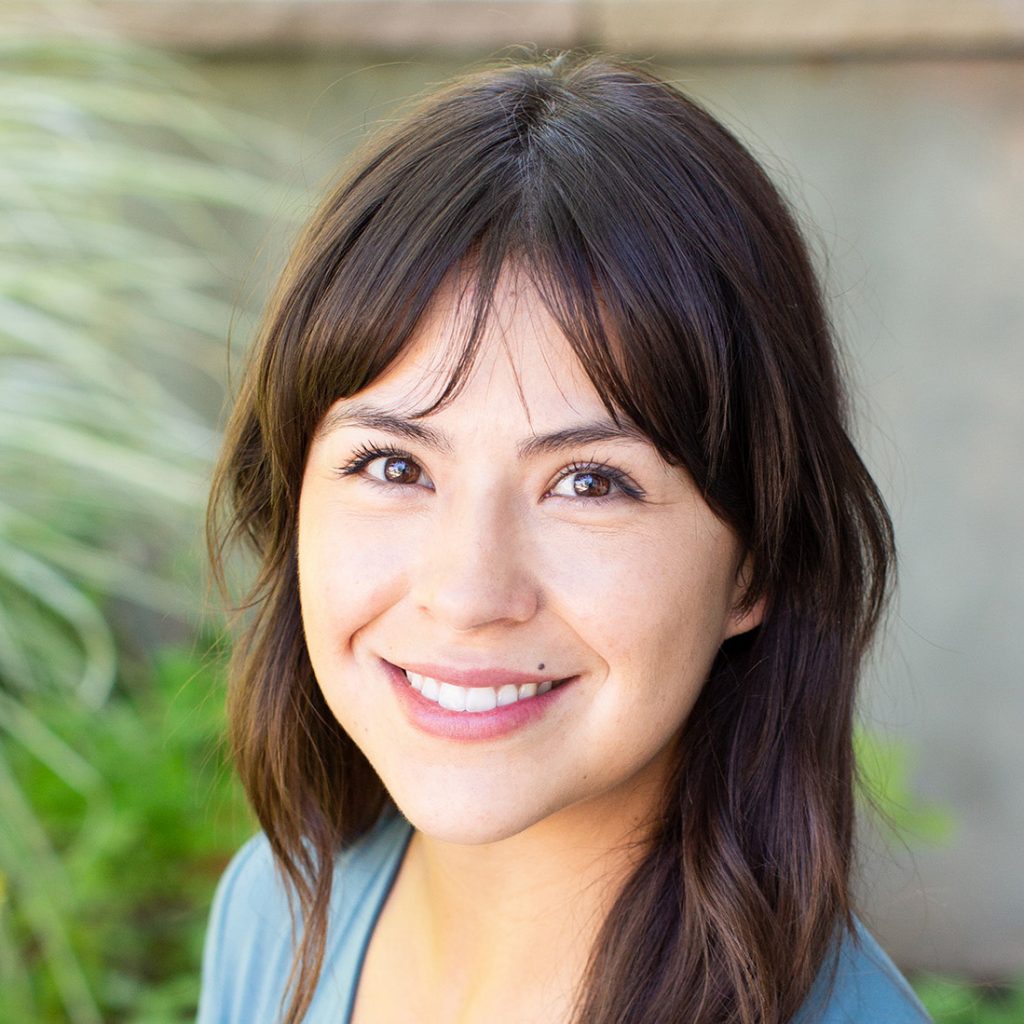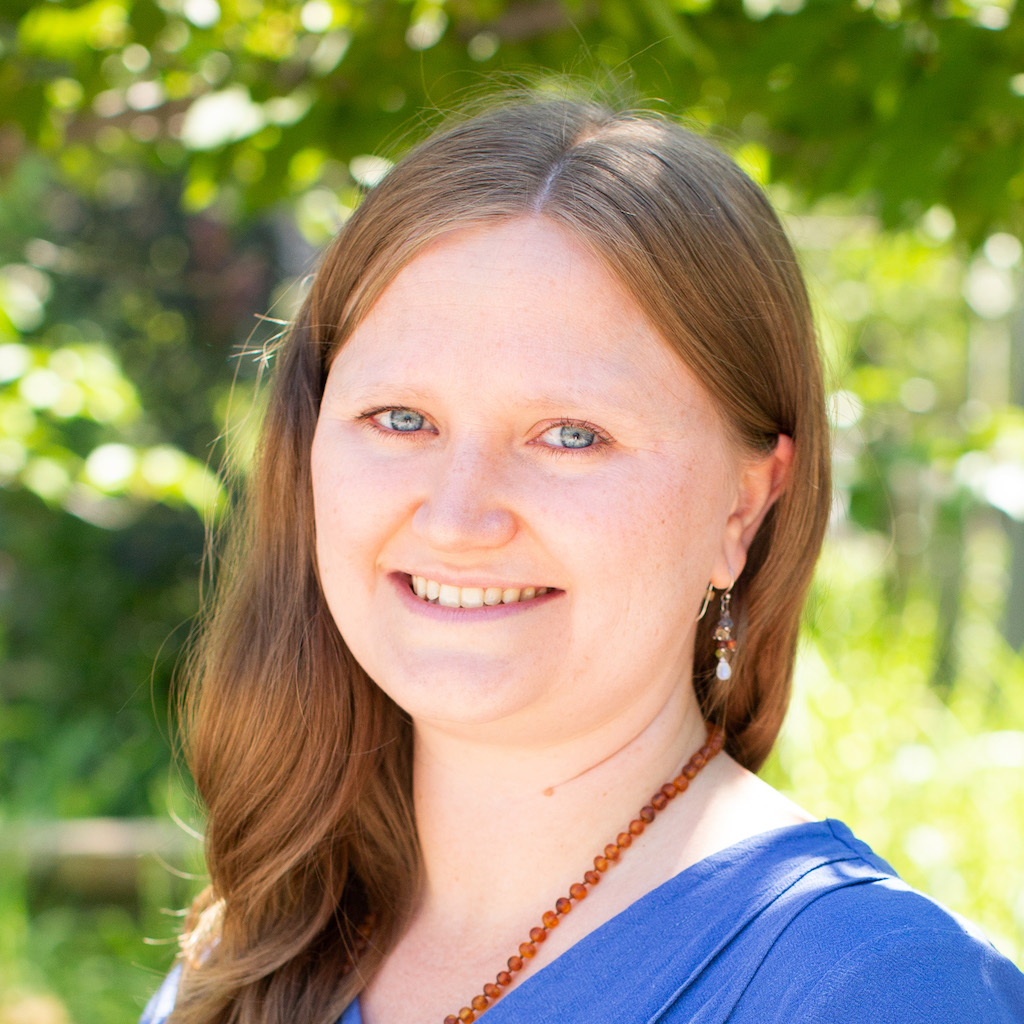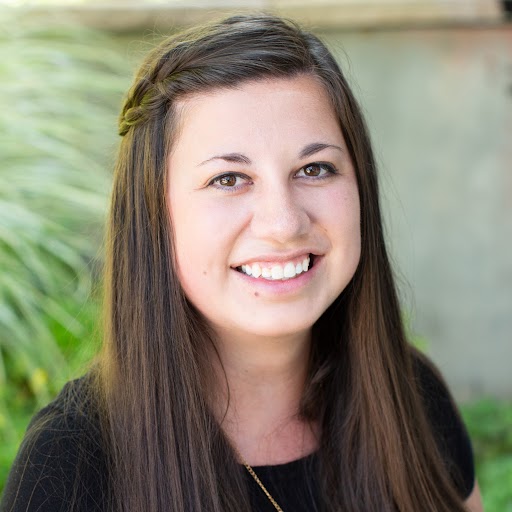The Beauty of The Montessori Early Childhood Three Year Cycle Series – The Second Year
by Catherine Mathews
With a good foundational First Year experience behind them Early Childhood Second Year students show themselves such fun students through their development of several key personal skills. Their personal work focuses on the freedom of socialization, freedom of choice, and freedom of movement. They feel they have mastered their understanding of the environment and are ready to take the work they have been practicing for the entire first year to a new level. Whereas we see First Year students working independently, Second Year Students want to bring in a friend to their work and make it even more interesting by seeing and hearing another’s take on the work. They desire to work in pairs. The freedom to choose what they will work on and where they will work becomes of utmost importance to the Second Year student.
We continue to see many Second Year students choosing observation as a work but it becomes much more pointed. They want to observe another student’s creation for a particular reason, not just because it is new and fascinating. How are they writing this letter? How are they building this structure? How would I do it the same? How would I do it differently? At the same time Second Year students are entering a sensitive period for socialization and talk is king. Therefore it becomes much more important to follow through with Second Year students in practicing observing without interrupting their fellow students.
Areas of Emphasis:
Cultural Areas & Peace Education
Cultural Areas:
Second Year students still use and love Sensorial and Practical Life works but it is as if the entire classroom has awakened to them. The cultural areas of the classroom have a new and compelling pull to the Second Year child. In the Montessori classroom anything that is not Practical Life, Sensorial, Math or Language is considered a cultural area. These students were given many initial cultural presentations during their first year, but now they have the greater faculties to use this first knowledge and apply it to their further studies in these areas. They begin to practice their memorization skills and are highly interested in the parts of many, many things. This interest reaches across the many sciences, into history, as well as geography. Whereas students in their first year may spend most of their time with the real objects and model of real objects such as in the observation of real fish, real leaves of many shapes, or the model of a volcano, the Second Year student is developing their ability to abstract somewhat by combining these objects or models with Nomenclature Cards that clearly detail the names of each part. In this way the child can isolate the part they are wanting to learn. They may create booklets with their burgeoning writing skills and often become booklet aficionados. Their interest in the world and where exactly places are in relation to where they are often becomes a special place of conversation in their developing social skills. This age of students begins to want to write down things they are learning about and things they are interested in with the cultural areas really supporting this desire. During this time most Second Year students need support in their writing as they are still learning the strokes for correct letter formation, but the teachers in the class are all too happy to give them just as much support as really needed to get their thoughts down on paper. The Geography Area with its Puzzle Maps and flags of countries is of particular interest to the Second Year student. The Land and Water Forms are much more interesting as they can now relate the lakes and islands they have and do see in person, in pictures, or in videos with the Land and Water form set in class. Cardinal Directions in the classroom and outside begin to give this age of children a grounding within their environments. Listening to music from other cultures becomes particularly interesting to the Second Year child as well as reading and learning about other cultures and countries. History becomes a subject of interest as the Second Year Student begins to understand the concept of time. Days, weeks, months, seasons, and the passing of time was introduced in the first year but now it has much more meaning and much more draw. History works become a place of much greater interest now that they begin to recognize a real order to the march of time. The Art Area may be the Second Year students’ truest love within the Montessori Environment as they are well into a sensitive period for artistic development and expression. By recognizing the real need to produce art and develop artistic skills, Montessori teachers look for the best ways of incorporating art into every area of the classroom so our Second Year students find themselves drawn to the art opportunities all around them.
Peace Education:
In their first year children began learning all about Grace & Courtesy and conflict resolution skills. During the Second Year the child begins to feel they are getting the hang of these skills. They often have enough mastery of the vocabulary when working out problems that they only need a mediator when the most challenging of problems arise. At “Peace Talks” our students use the peace object, such as a peace rose or peace stick, to signify each person’s turn to speak about their experience. We follow a pattern for conflict resolution that is a model for all humanity. The person asking for the peace talk begins by saying:
“I feel … (sad, angry, frustrated etc.) when … (I am knocked over, I am ignored, my body gets hurt etc.). I need… (for you to be more careful with my body etc.).”
The person on the other side of the discussion then has their turn. Sometimes they need their own chance to bring up something they feel a need to talk over. The child who has hurt the other is asked to think of how they may help make things better. The children eventually both parties work things out and declare peace. As they practice these skills throughout the year they start to take these skills further into their daily lives when the Peace Table is not available to them.


